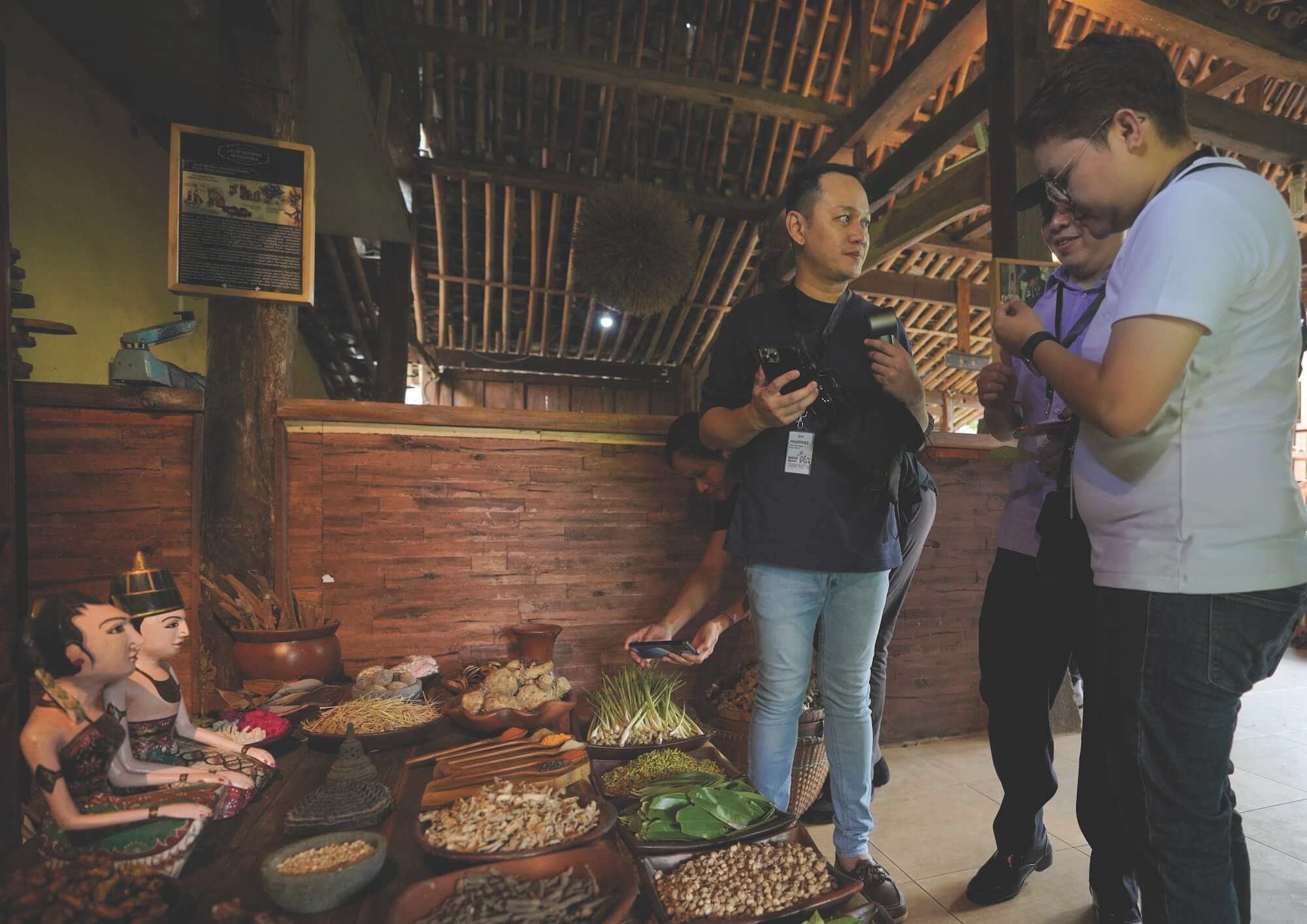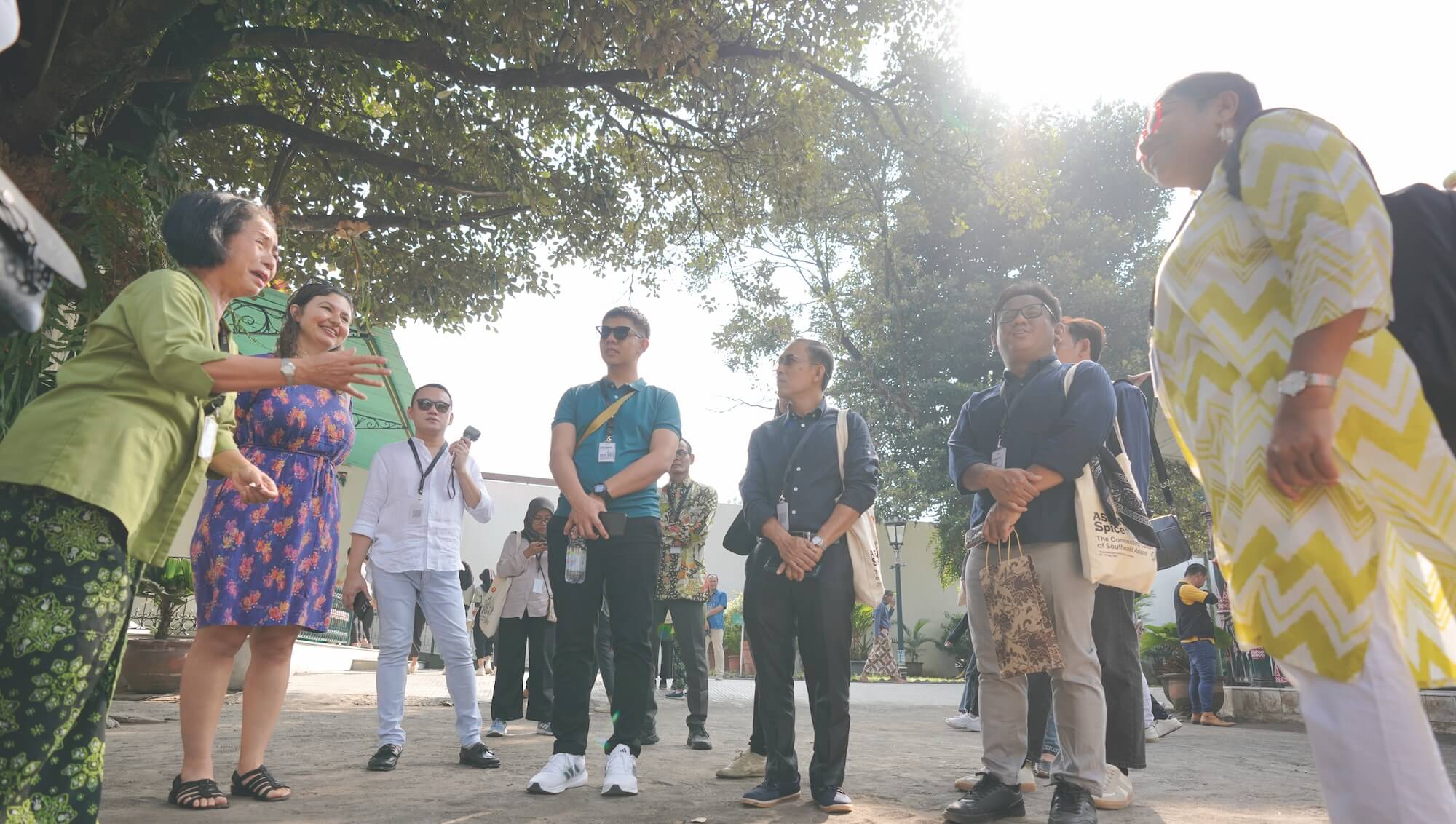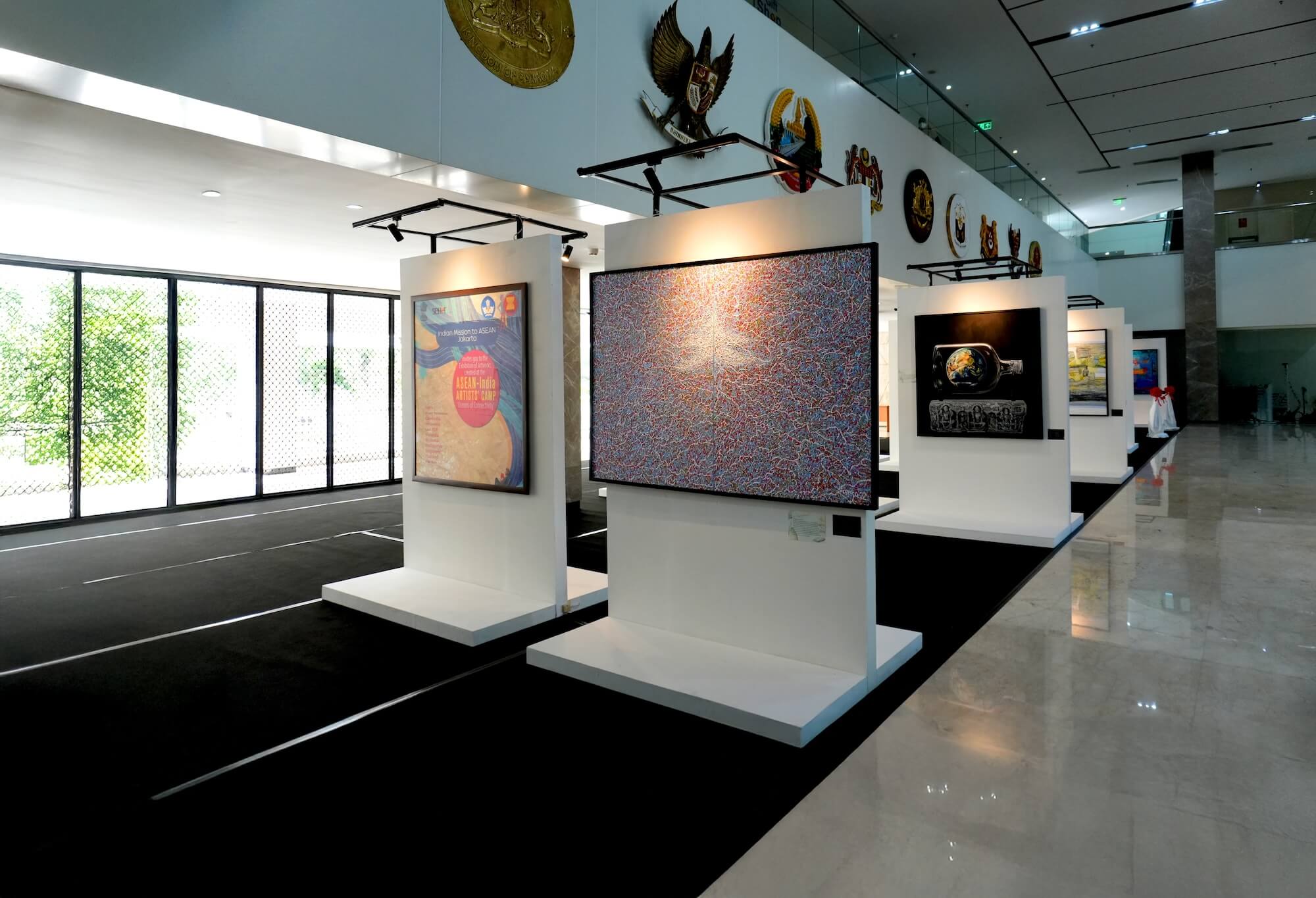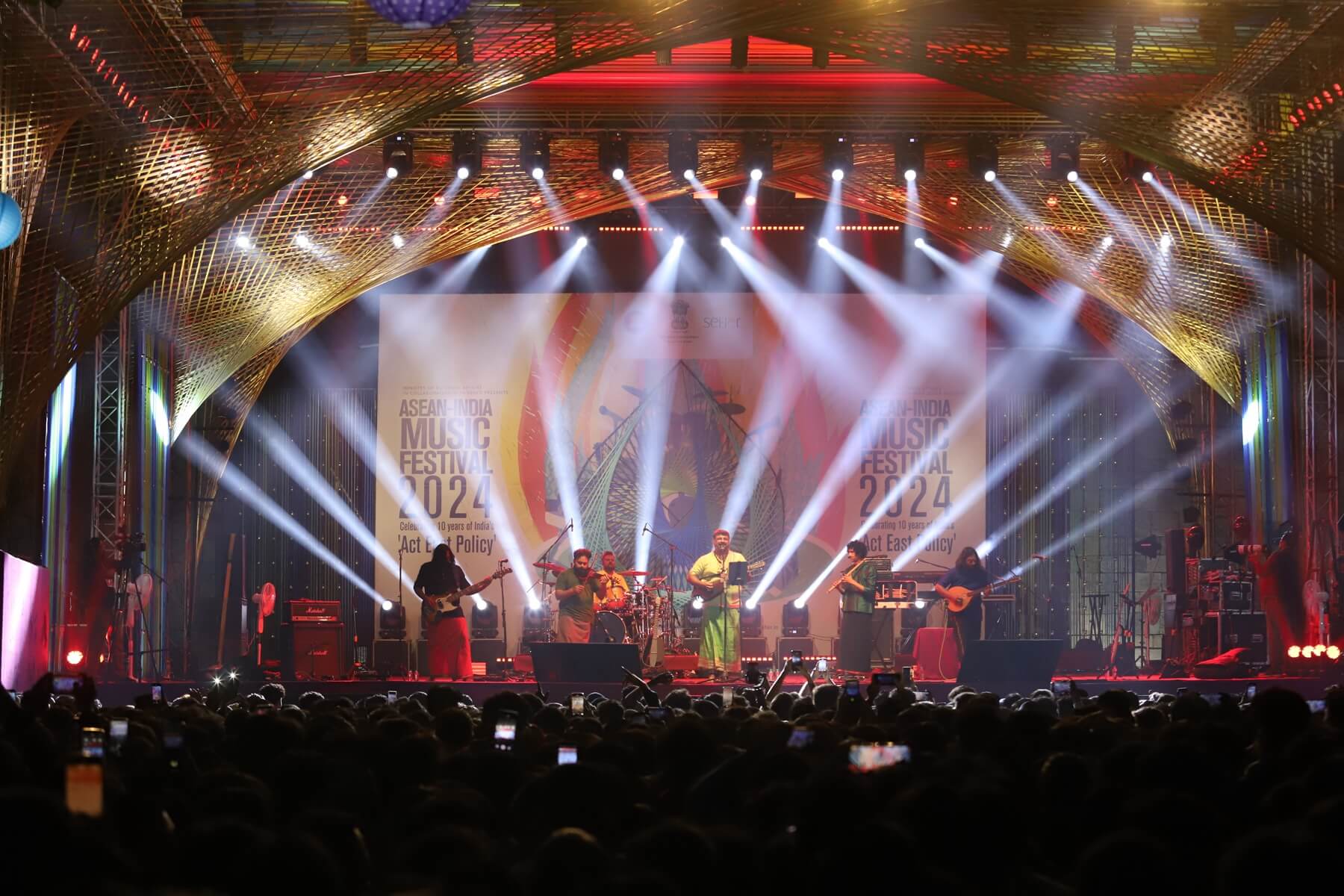



Spices are an integral part of Southeast Asian cuisine. They create the unique flavour profile of our countries’ most iconic dishes. Think of tom yum without galangal and chilli peppers, or pho without coriander, cardamom, and star anise.
The use of spices in food has bound the Southeast Asia region for centuries. It is a shared tradition that predates the colonial era.
Spices have not only enriched the region’s gastronomic offerings, but Southeast Asian countries have also used them for wellness. The traditional spas in Indonesia and Thailand include massages with essential oils from sandalwood, cinnamon, ylang-ylang, and nutmeg. In addition, turmeric, ginger, and galangal are some primary ingredients for jamu herbal drinks that have been inscribed as a wellness practice in UNESCO’s Intangible Cultural Heritage list in 2023.
Some spices are endemic to Southeast Asia, such as Thai basil, temulawak (Javanese ginger), Vietnamese mint leaves, kampot pepper, and cloves from the Maluku Islands. Others, such as cardamom, cumin, and legumes, were brought through trade and migration. Those spices have been traded along the route connecting the east and west for over two thousand years and further developed and utilised in various local contexts.
Despite the abundance of spices in the region and our spice-filled culinary heritage, the spice culture of Southeast Asians has been overlooked. Spice culture encompasses the knowledge and practices in cultivating, producing and using spice for multiple purposes. Instead of seeing spice culture as a relic of the past, people should embrace spices as a unifying element of our diverse cultures and a source of the “we-feeling” promoted by the narrative of an ASEAN identity. Further, spices have a vast potential to advance gastro-diplomacy and cultural industries in ASEAN.

In view of these, the Ministry of Education, Culture, Research, and Technology of the Republic of Indonesia, supported by the ASEAN Secretariat, organised the “ASEAN Spice: The Connecting Culture of Southeast Asians” from 26 to 31 May 2024. The event aimed to solicit participants’ different perspectives on the region’s spice culture and pave the way for the establishment of a network that will foster ideas of collaboration in the future.
Twenty participants from 10 ASEAN Member States consisting of academicians, researchers, practitioners, and entrepreneurs participated in the event.
They had the opportunity to delve deeper into Southeast Asia’s spice culture, focusing on Indonesia, through various activities. They visited the Borobudur Temple and learned about temple reliefs depicting ancient wellness traditions that utilised various spices. The participants also engaged with local communities at the Karang Rejo Village near the Borobudur Temple which have developed sustainable tourism practices highlighting spice-based products and services. These communities are currently involved in discussions about the possible multinational nomination of the historic spice route into the UNESCO World Heritage list.
On the second day, an academic seminar took place at the Universitas Gadjah Mada (UGM) in collaboration with the university’s ASEAN Studies Center (ASC). Two expert speakers from UGM, Dr. Sri Margana from the Department of History and Dr. Dafri Agussalim from the Department of International Relations, delivered the keynote. They explored the historical aspect of the spice trade in Southeast Asia and its continuing influence from the past to the present. The importance of embedding spice culture into the mainstreaming of cultural regionalism of ASEAN is also discussed. They proposed reconnecting the cultural ties between the ASEAN Member States and revitalising our collective identity related to spices. The similarities in spice cultures can play a role in bridging differences and fostering mutual understanding between people in the region.
Representatives from 10 ASEAN Member States also spoke at the seminar. They exchanged knowledge about multifaceted approaches to preserving and promoting their country’s spice culture. The underlying message was clear: we must further develop the spice culture as a living heritage that can remain relevant to the contemporary context. Participants called for a joint action to support innovation in spice culture, balanced with upholding its integrity and values.
At the seminar, participants were organised into groups to generate ideas for collaboration on spice-based products or services. Guided by Helianti Hilman, a food biodiversity advocate and gastro-cultural ambassador, along with local practitioners of spice entrepreneurship, participants identified several areas of potential regional collaboration. These include jamu jelly snacks, rosella food and beverages, aromatherapy oil, a digital marketplace for spices, culture-based tourism packages, and joint media publications on spice culture. These areas demonstrate the significant potential of spices to advance ASEAN’s culture industries centred around spices. They also raise the feasibility of establishing ASEAN-oriented small and medium cultural enterprises that combine resources from various countries.
The event concluded with participants optimistic that concrete regional action will soon be taken to nurture spice culture as a vital element of the Southeast Asian identity. The connections formed by participants and the wealth of knowledge shared during the event are expected to continue well into the future, opening doors for countless opportunities for partnership.








